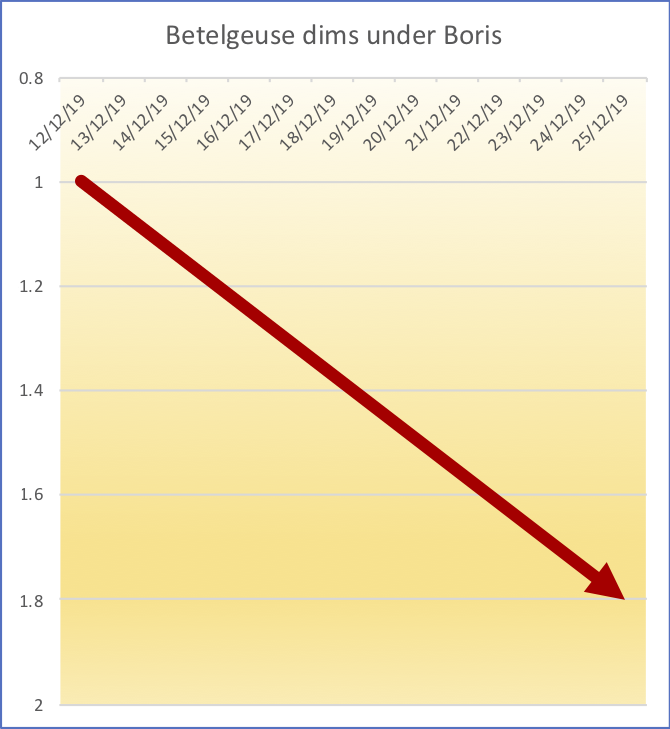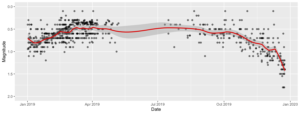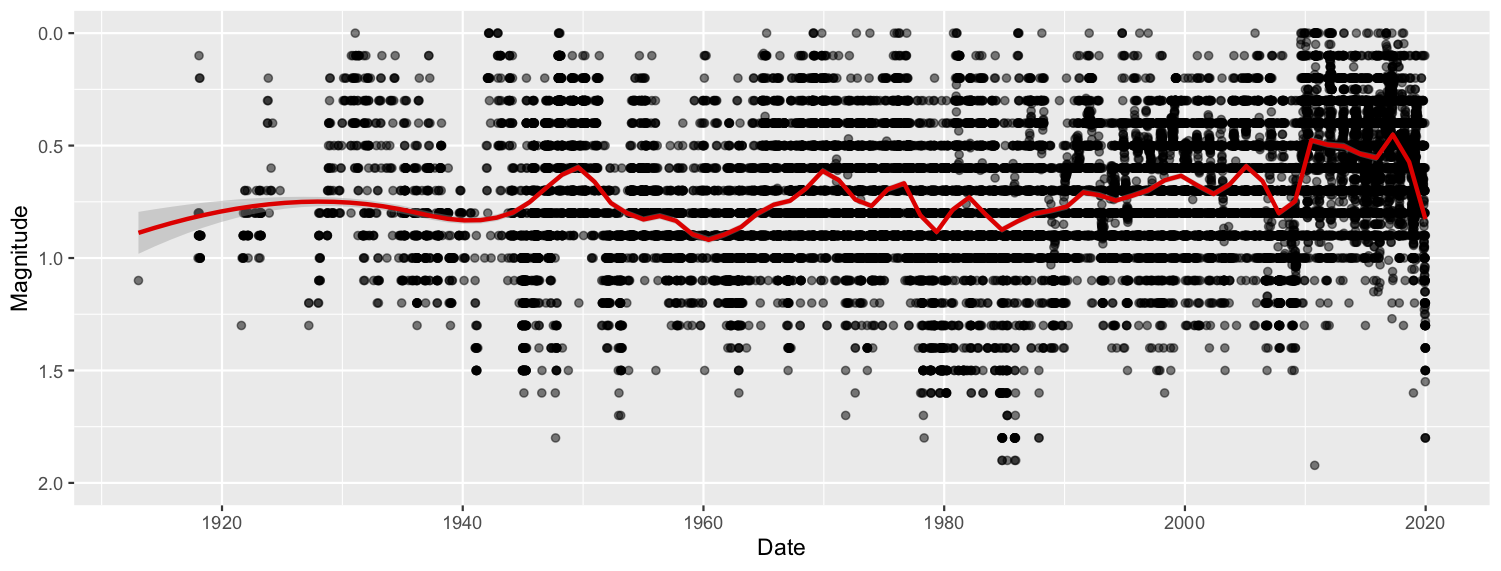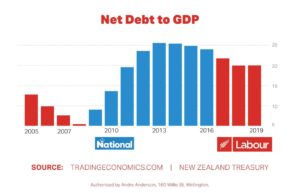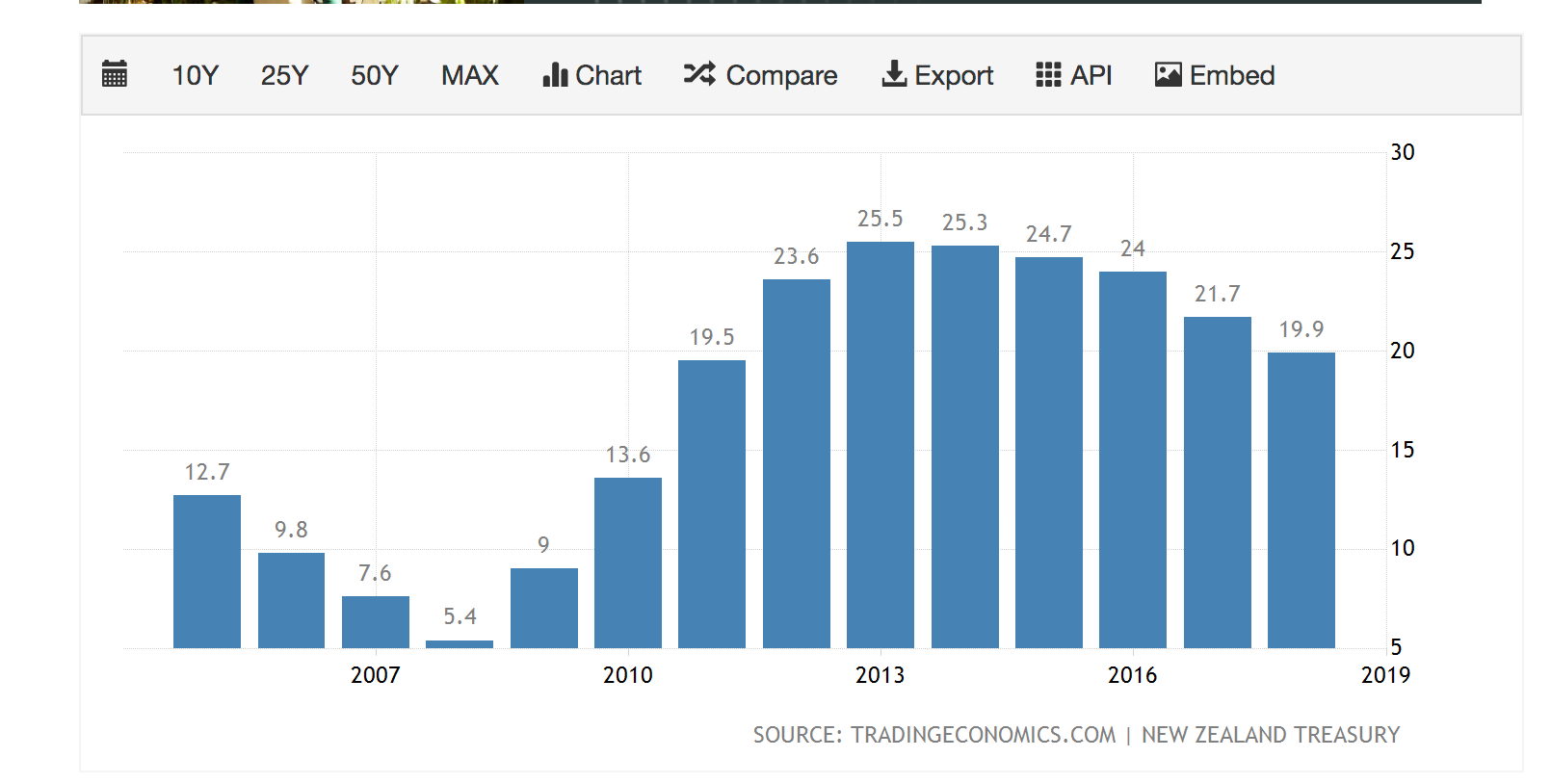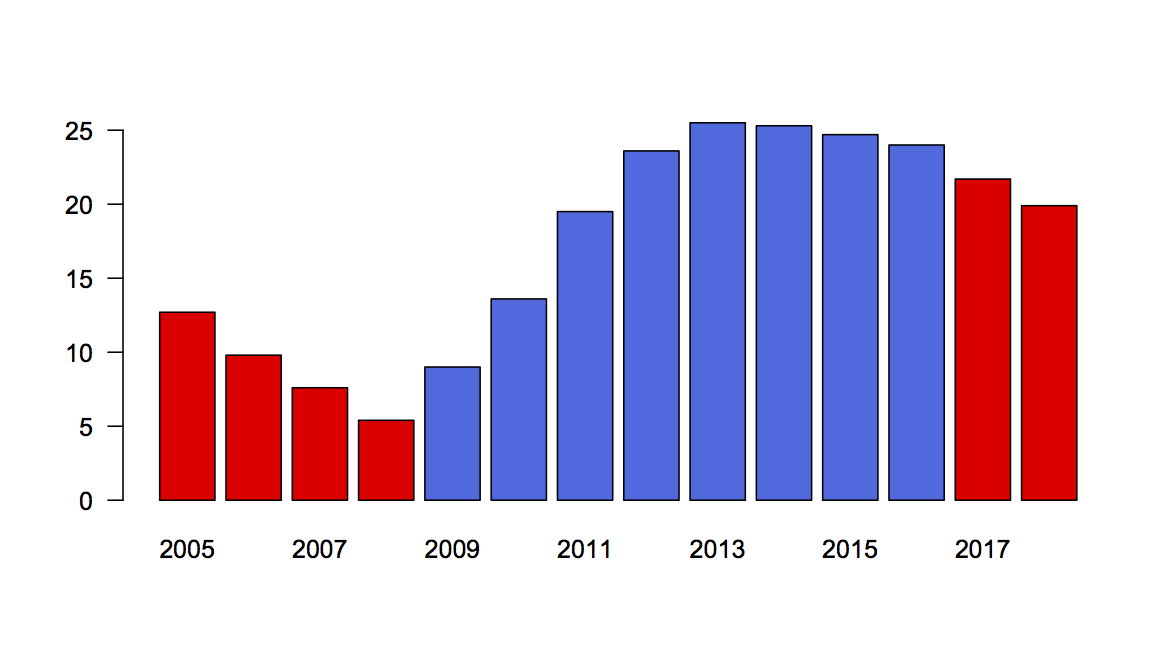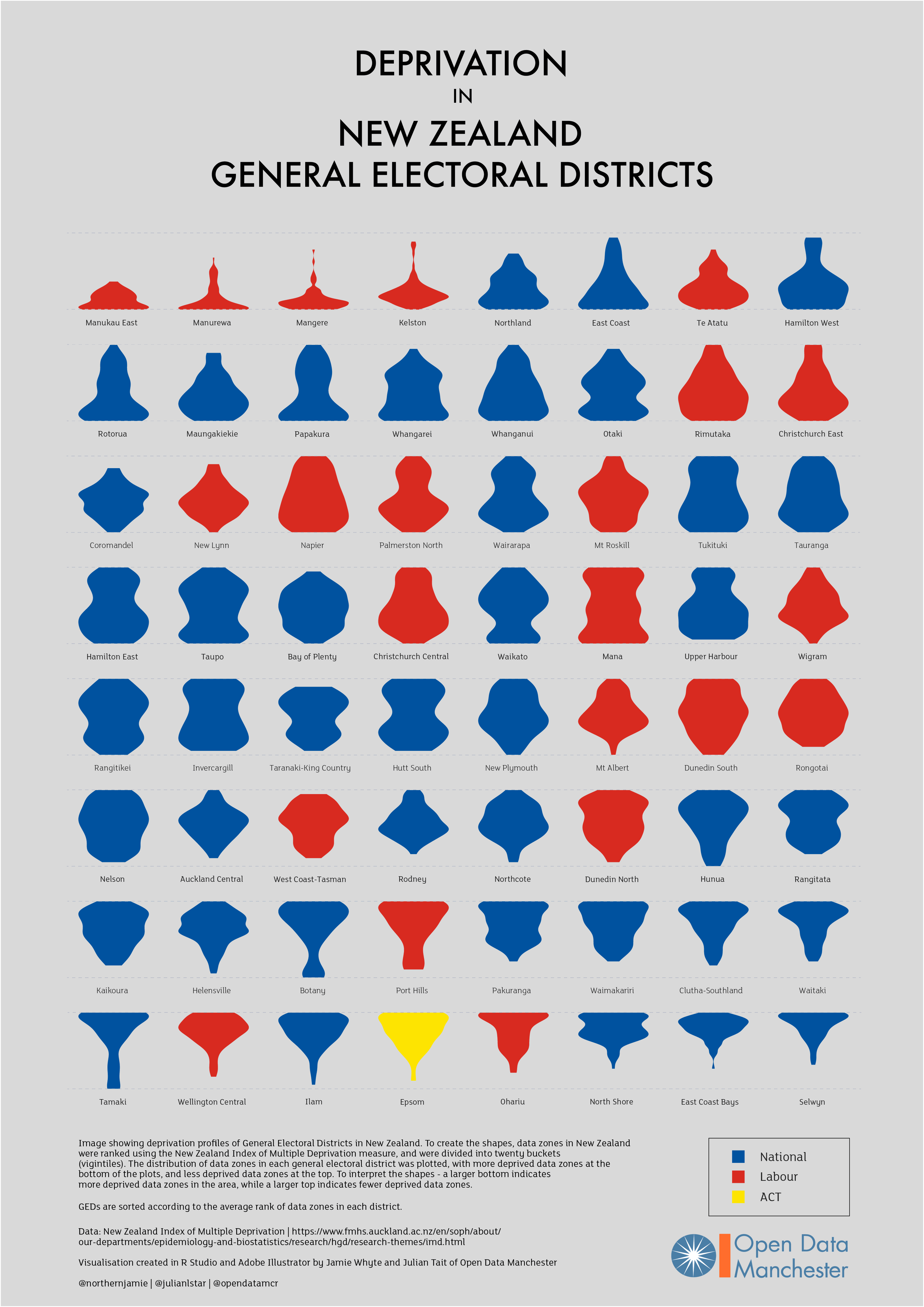Pro14 Predictions for Round 10
Team Ratings for Round 10
The basic method is described on my Department home page.
Here are the team ratings prior to this week’s games, along with the ratings at the start of the season.
| Current Rating | Rating at Season Start | Difference | |
|---|---|---|---|
| Leinster | 15.18 | 12.20 | 3.00 |
| Munster | 8.55 | 10.73 | -2.20 |
| Glasgow Warriors | 6.06 | 9.66 | -3.60 |
| Ulster | 4.35 | 1.89 | 2.50 |
| Edinburgh | 3.98 | 1.24 | 2.70 |
| Scarlets | 3.04 | 3.91 | -0.90 |
| Connacht | 1.38 | 2.68 | -1.30 |
| Cheetahs | 0.90 | -3.38 | 4.30 |
| Cardiff Blues | 0.84 | 0.54 | 0.30 |
| Ospreys | -2.91 | 2.80 | -5.70 |
| Treviso | -3.41 | -1.33 | -2.10 |
| Dragons | -9.12 | -9.31 | 0.20 |
| Southern Kings | -13.18 | -14.70 | 1.50 |
| Zebre | -15.66 | -16.93 | 1.30 |
Performance So Far
So far there have been 61 matches played, 48 of which were correctly predicted, a success rate of 78.7%.
Here are the predictions for last week’s games.
| Game | Date | Score | Prediction | Correct | |
|---|---|---|---|---|---|
| 1 | Cardiff Blues vs. Dragons | Dec 27 | 16 – 12 | 16.00 | TRUE |
| 2 | Scarlets vs. Ospreys | Dec 27 | 44 – 0 | 8.80 | TRUE |
| 3 | Ulster vs. Connacht | Dec 28 | 35 – 3 | 6.20 | TRUE |
| 4 | Treviso vs. Zebre | Dec 28 | 36 – 25 | 18.60 | TRUE |
| 5 | Edinburgh vs. Glasgow Warriors | Dec 29 | 29 – 19 | 1.40 | TRUE |
| 6 | Munster vs. Leinster | Dec 29 | 6 – 13 | -0.50 | TRUE |
Predictions for Round 10
Here are the predictions for Round 10. The prediction is my estimated expected points difference with a positive margin being a win to the home team, and a negative margin a win to the away team.
| Game | Date | Winner | Prediction | |
|---|---|---|---|---|
| 1 | Cardiff Blues vs. Scarlets | Jan 04 | Cardiff Blues | 2.80 |
| 2 | Ulster vs. Munster | Jan 04 | Ulster | 0.80 |
| 3 | Treviso vs. Glasgow Warriors | Jan 04 | Glasgow Warriors | -3.00 |
| 4 | Dragons vs. Ospreys | Jan 05 | Ospreys | -1.20 |
| 5 | Zebre vs. Cheetahs | Jan 05 | Cheetahs | -10.10 |
| 6 | Leinster vs. Connacht | Jan 05 | Leinster | 18.80 |
| 7 | Edinburgh vs. Southern Kings | Jan 05 | Edinburgh | 23.70 |
